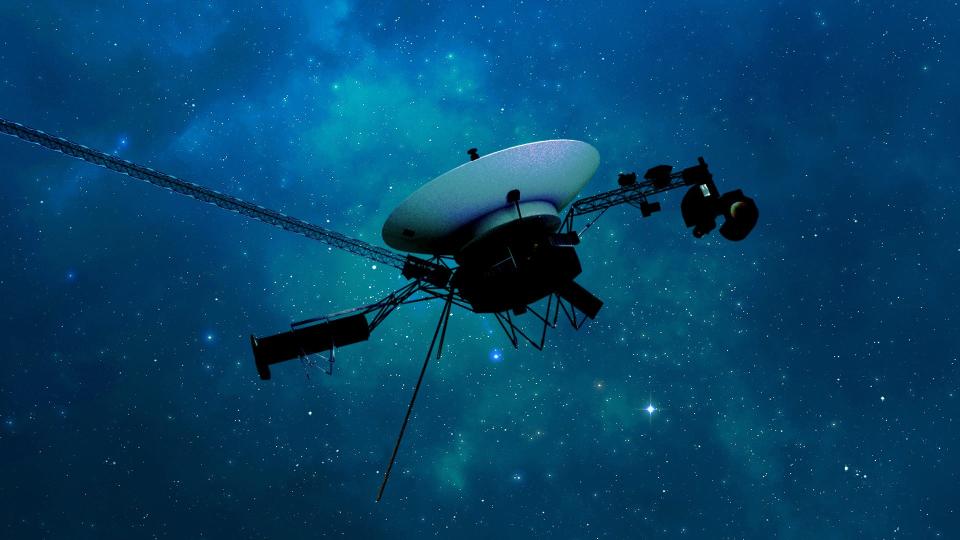After months of repairs over extremely long distances, NASA’s Voyager 1 space probe is fully operational again.
“The spacecraft has resumed collecting data over interstellar space,” the agency said last Thursday, and has resumed normal operations.
The spacecraft, currently traveling through interstellar space more than 24 billion kilometers from Earth, began sending corrupted scientific and engineering data last November.


Over the next few months, engineers worked to fix the problem, a lengthy and complicated process given the enormous distance between Earth and Voyager 1. Each message took 22.5 hours to transmit, meaning each communication between engineers and the spacecraft took nearly two days.
By April, NASA engineers had traced the cause of the problem to a single chip in Voyager 1’s flight data system and were able to begin rearranging lines of computer code so that the spacecraft could continue transmitting data. Last month, NASA announced that it had restored functionality to two of the spacecraft’s science instruments, and last week it followed with an announcement that Voyager 1 had fully returned to normal operations.
Voyager 1: Still traveling 1.6 million kilometers per day
Launched in 1977 along with their sister ship Voyager 2, the two robotic spacecraft are now the longest-serving spacecraft in history. Their original mission was to explore the outer planets Jupiter, Saturn, Uranus and Neptune, but over the decades that followed they continued their long journey, traveling farther and farther than any other man-made object in history.
In 1990, Voyager 1 transmitted the famous “Pale Blue Dot” photo of Earth, taken when the spacecraft was 3.7 billion miles from the Sun.
In 2012, Voyager 1 became the first space probe to reach interstellar space, from where it continuously transmitted data on plasma waves, magnetic fields and particles in the heliosphere – the outermost region of space directly influenced by the Sun.
As part of their one-way mission, both Voyager spacecraft also carry copies of the “Golden Records,” gold-plated copper records containing sounds and images of Earth compiled by astronomer Carl Sagan.
Voyager 1 currently travels about 1 million kilometers (1.0 million miles) a day and will continue its journey until at least early next year, at which point NASA estimates that declining energy levels “may no longer allow continued operations.”
This article originally appeared on USA TODAY: NASA’s Voyager 1 location, activity restored after major disruption

